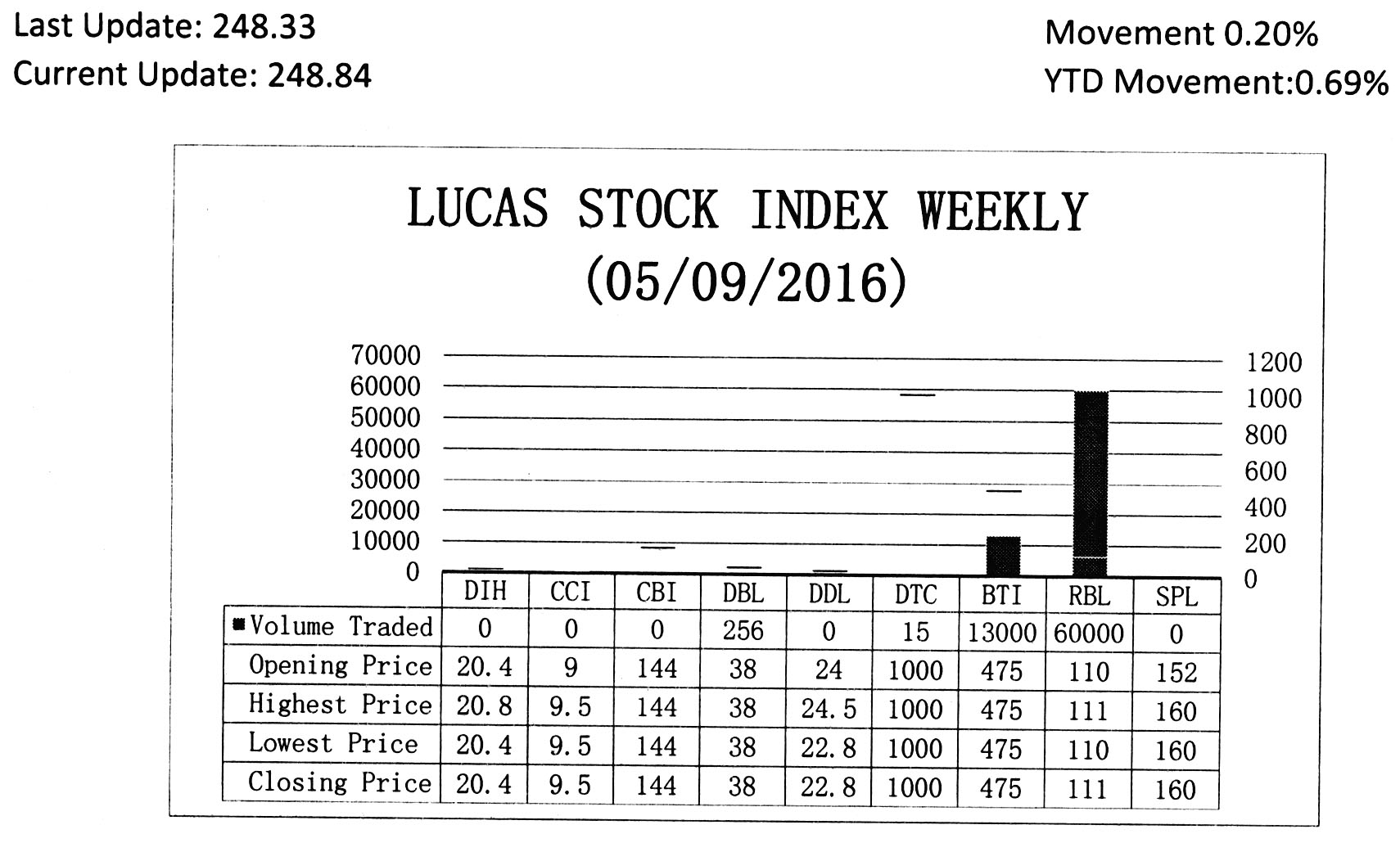Financial wilderness
Guyanese farmers continue to lament the lack of adequate access to commercial financing for their agricultural activities. A review of Bank of Guyana data reveals that loans for agricultural  purposes make up less than six per cent of the loan portfolio of the commercial banks. The loan value to the sector might even lead one to believe that agriculture is merely about small business. Indeed, in an economy where in excess of $100 billion is outstanding in loan balances, only 12 per cent of such debt is owned by agricultural activities. While rice and sugar dominate the financing and government support received by the agricultural sector, the rest of the industry, often referred to as ‘other’ crops languishes in the financial wilderness. A substantial part of the funding for the ‘other’ crops comes from the Institute of Private Enterprise Development (IPED). In 2014, IPED gave out about $1.5 billion of its loans to the agricultural sector. The ‘other’ crops portion of the industry got about 15 per cent of the loans given to agriculture while the commercial banks made less than five per cent of its agricultural loans to ‘other’ crops. The question that could be asked is if Guyana could ever realize its full agricultural potential with such limited access to financing? Additionally, if bank financing was likely to remain limited, how could Guyana realize its full agricultural potential? This article offers some thoughts on those two questions.
purposes make up less than six per cent of the loan portfolio of the commercial banks. The loan value to the sector might even lead one to believe that agriculture is merely about small business. Indeed, in an economy where in excess of $100 billion is outstanding in loan balances, only 12 per cent of such debt is owned by agricultural activities. While rice and sugar dominate the financing and government support received by the agricultural sector, the rest of the industry, often referred to as ‘other’ crops languishes in the financial wilderness. A substantial part of the funding for the ‘other’ crops comes from the Institute of Private Enterprise Development (IPED). In 2014, IPED gave out about $1.5 billion of its loans to the agricultural sector. The ‘other’ crops portion of the industry got about 15 per cent of the loans given to agriculture while the commercial banks made less than five per cent of its agricultural loans to ‘other’ crops. The question that could be asked is if Guyana could ever realize its full agricultural potential with such limited access to financing? Additionally, if bank financing was likely to remain limited, how could Guyana realize its full agricultural potential? This article offers some thoughts on those two questions.
Short wait periods
The clear answer to the first question is no. Agricultural production is like any other business. It depends on customer financing for its survival. Farmers need money to carry on business and life while waiting to make a sale. They hedge their bets by planting crops with both short and

